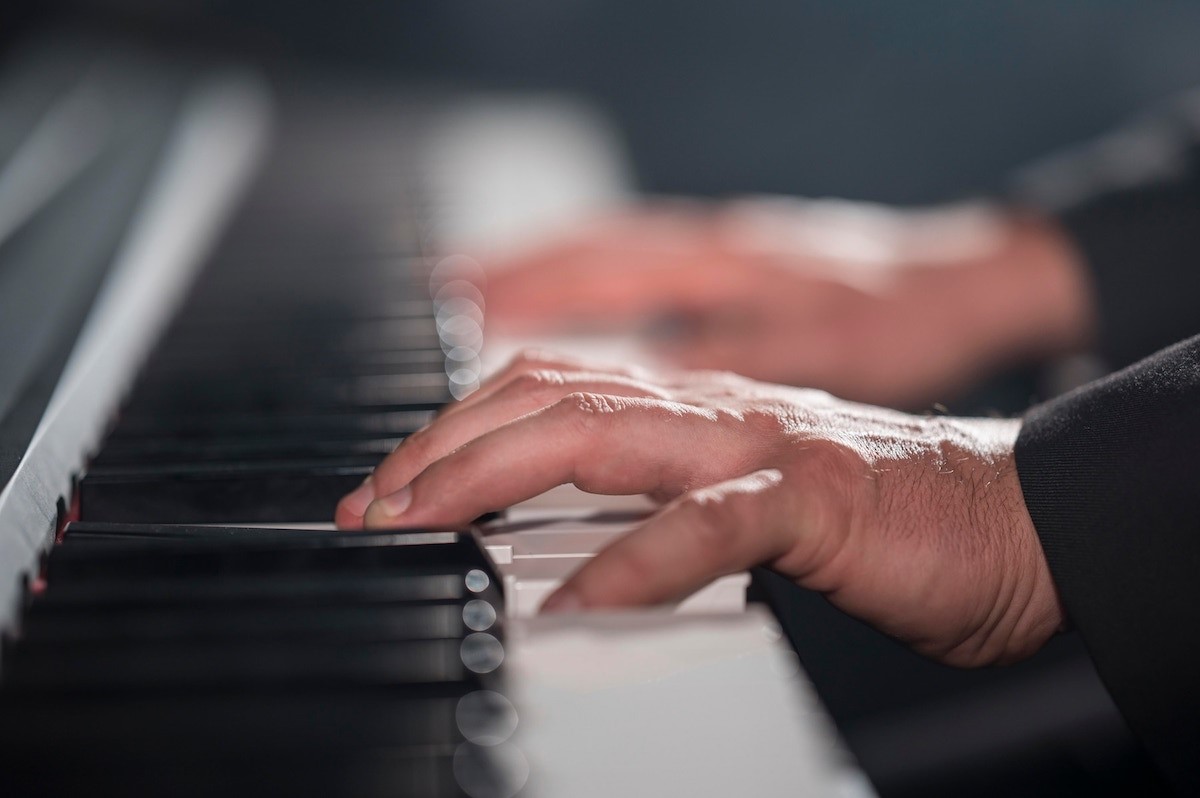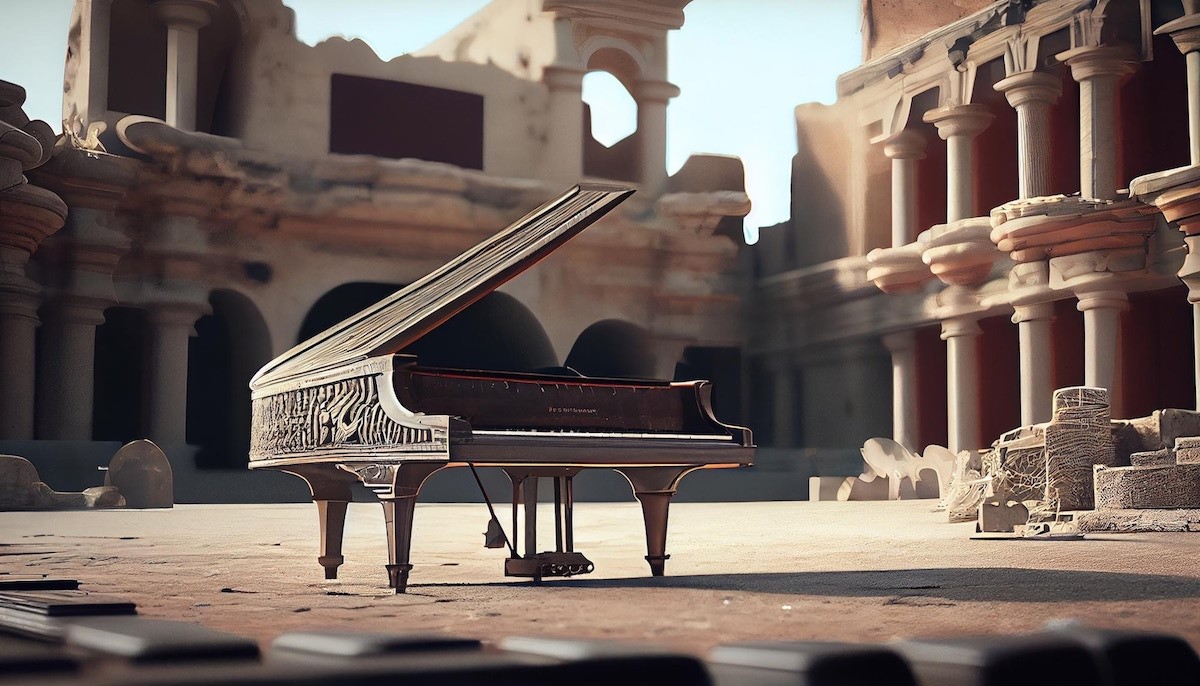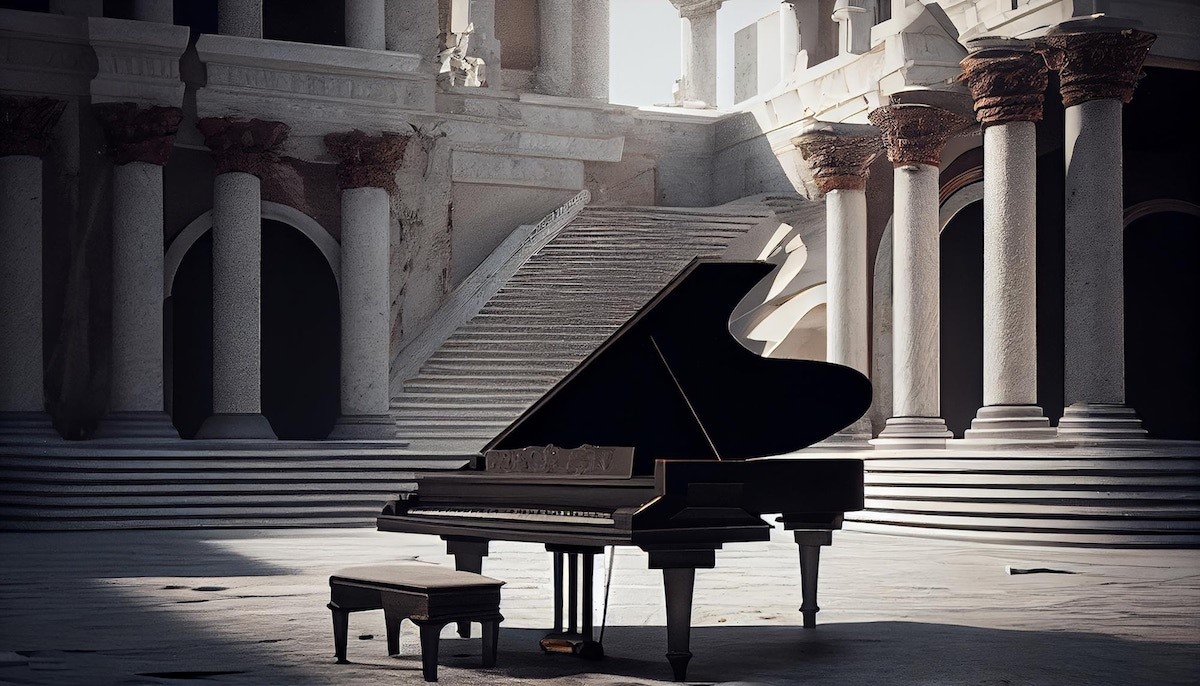What You Didn’t Know about the Piano
The first piano was made in the early eighteenth century by Bartolomeo Cristofori, a “harpsichord maker” in the service of the Medici family of Florence, and had the sophisticated name gravicembalo col piano e forte. Since then, the piano has undergone significant modifications, so that today it has 88 keys, each of which activates a small felt-covered hammer that strikes the string. The low notes are produced by a single string, while the high notes are produced by three strings. The piano, which was first produced as an instrument with a horizontal frame soundboard, was joined in the early nineteenth century by a model more suitable for the domestic environment, with a soundboard and frame placed vertically in relation to the keyboard. This version is called the upright piano.

In the second half of the eighteenth century, the piano became firmly established due to one particular feature: unlike the harpsichord, sounds could be produced with varying intensity, thus giving the musical discourse a great wealth of expressive nuances. The piano has become one of the most perfected and versatile instruments ever developed: in addition to being used in the “classical” repertoire, it has also found a place in “light” and “jazz” music. It was precisely due to its great adaptability that, at a time when the radio, the gramophone and the CD did not yet exist, the piano established itself as the principal means of domestic making music, performing and learning, also being used to realise orchestral and operatic pieces. Due to its versatility, the piano, together with the violin, is one of the instruments for which the most concertos have been composed.

History has gifted us a number of exceptional pianists, many of whom were also unique figures in their own way. There is no doubt that Beethoven was a genius, and he was probably one of the freest and most inspiring pianists of all time. Whereas Mozart was the image of elegance and beauty, Beethoven embodied emotions and unbridled passion. This could undoubtedly be confirmed by those who were charged with repairing his piano. It is said that, due to the way he played, he damaged the piano keys to such an extent that almost the entire keyboard had to be replaced every four months.
Robert Schumann was a very ambitious pianist. He longed to become a virtuoso, but to play some passages he needed a wider hand span, so that he could cover as many notes as possible. So he thought, “What if I make a device that will pull on my fingers and make them longer?” It is a bit like when you hang from a bar as a child, hoping to grow a few centimetres. The device was apparently a mini elevator that pulled the fingers. Unfortunately, all it could do was mutilate them, which is exactly what happened in the end. The moral of the story: never try to stretch and lengthen your fingers, or anything else… it always ends badly.

P.S. On Wednesday and Thursday, 19 and 20 July, don’t miss the piano masterclass with Alexander Gadjiev, one of the world’s best pianists and an ambassador of the GO!2025 European Capital of Culture. On 20 July, Alexander will work with Soichiro Yokota, Mahya Mohammadi, Oscar Wong, Lian Pucihar, Sergio Scibilia and Maor Sivan. Their masterclass will be followed by a concert at 8.30 pm. At the same time, you can purchase a subscription for the Slovenian Philharmonic series SMS, in which Alexander Gadjiev will perform Sergei Prokofiev’s virtuosic Piano Concerto No. 2.
